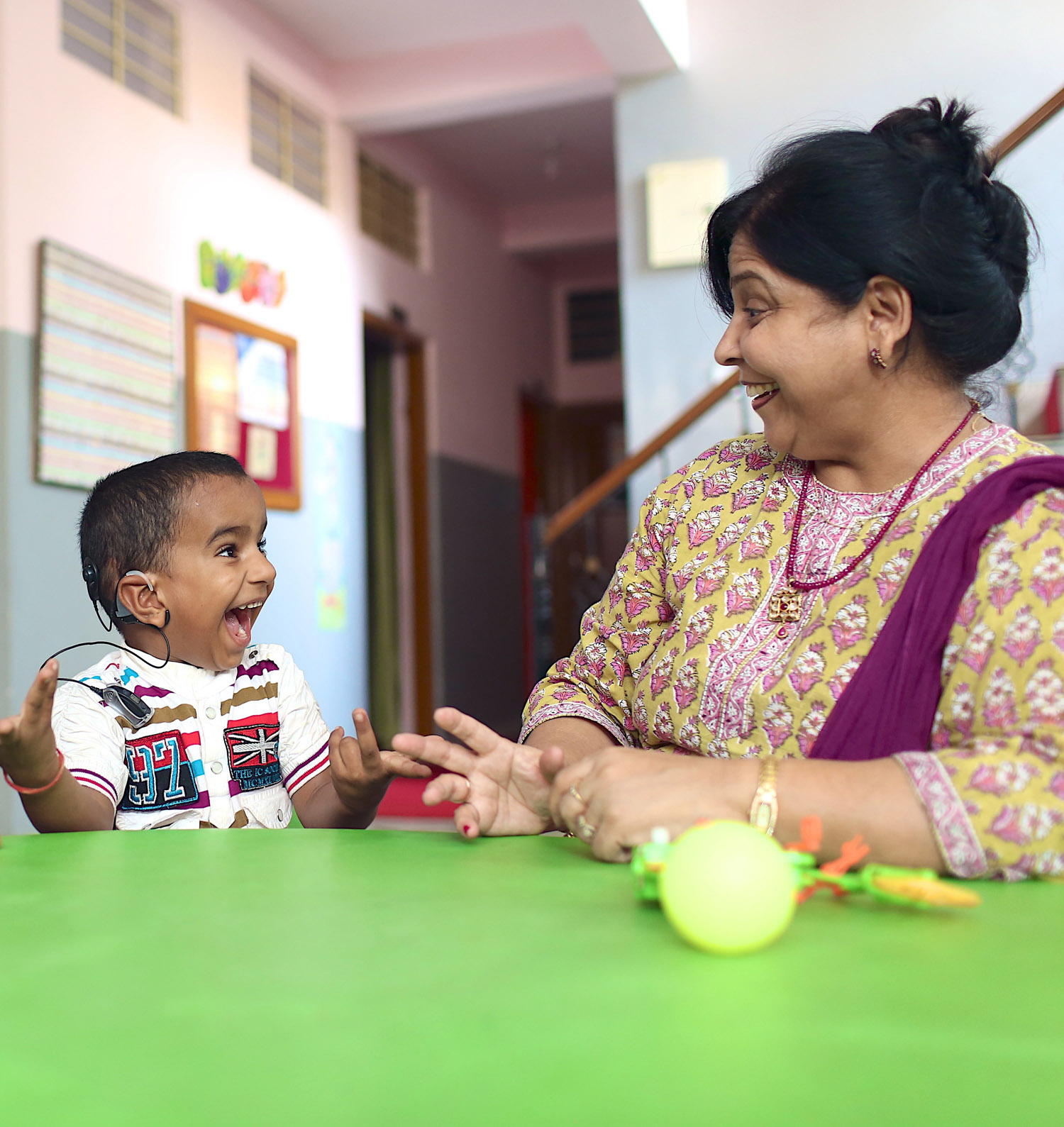
"Excellence we aspire; Performance we deliver".
Contact Us
Some of these approaches place a tremendous amount of emphasis on the role of the movements of the whole body in speech production. Some of the approaches place emphasis on speech production only and others on exercises for sensation and movement that do not involve speech. I don't particularly like the way the exercises have been categorised because I think that all of them relate to speech in some way.
Some of these approaches encourage the use of various pieces of equipment to facilitate movements. For example, we may use whistles, horns, bite blocks, chewy things, straws, and vibrators. We use these as tools to facilitate the movements that we wish our clients to achieve. Then, or at the same time depending on one's approach, we extend the learning to speech contexts.
Some OMT therapy approaches do not encourage the use of equipment, but have as their premise that speech production needs to be taught through speech production. However, these approaches also use external facilitation such as the manipulation of the tongue or jaw by the therapist.
The decision as to which approach to use with a particular client is based on the particular needs of every client.
Using OMT successfully depends on a number of factors:
The speech therapist needs to have a thorough understanding of movement
The speech therapist needs to have a strong theoretical basis on which to make his or her clinical decisions
The speech therapist needs to be eclectic and use only that which is appropriate for a particular client
All activities need to be brought back to speech production
One of the challenges facing speech therapists when deciding on which approach to use, is the notion of "evidence based practice". We try to use in therapy techniques that have a strong theoretical basis and which have been proven to work. This is ideal in principle. BUT there are a number of problems with EBP.
The first thing to understand is that the strength demands of speech on the oral muscles are quite low. What the mouth and jaw contribute to speech only requires between 10% and 20% of the total strength capacity of the oral area, according to leading researcher Gregory Lof. So, even if a given child was observed to have reduced muscle tone in the oral area, that strength would have to be significantly reduced for it to have any real impact on speech. However, there are children whose needs would include focused attention on reduced strength. One set of children who fit into this category would be those with documented hypotonia, or reduced muscle tone. Often, this reduced muscle tone extends to the oral area. A previous blog post from Speech Buddies provides useful information and tips on addressing hypotonia. In addition, a condition called dysarthria, which is quite a complex spectrum of challenges that involves reduced strength of the nerve impulses to muscles, can result in reduced muscle tone. This is a good primer for parents who may suspect their child has dysarthria. Another common neurological challenge that would involve the strength of the oral musculature is cerebral palsy (CP). Of course, the extent to which the strength capacities of the oral area has been affected in CP is highly variable and I would always recommend you consult with a speech pathologist who has specific and hopefully extensive experience working with CP. In the meantime, another valuable resource can be found in this previous post on speech in CP.